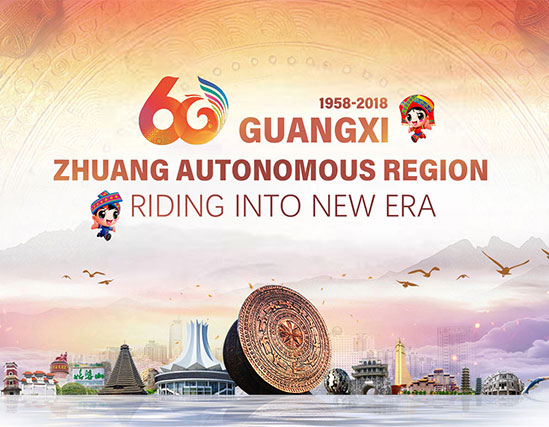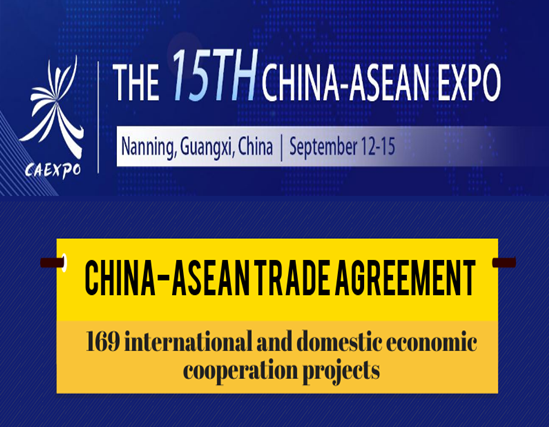Economic Overview
Updated: 2018-08-22
Location advantage
Located in the mountainous terrains in the far south of China, Guangxi Zhuang autonomous region connects Guangdong province in the east, neighbors Beibu Gulf in the south and faces Hainan province across the sea. It borders Yunnan province in the west, Hunan province in the northeast, Guizhou province in the northwest, and the Socialist Republic of Vietnam in the southwest.
The autonomous region is a long-term host of the China-ASEAN Expo, and conferences such as the Pan-Beibu Gulf Economic Cooperation Forum are often held, largely promoting the economic development in the region.
Resource advantage
Guangxi has rich natural resources including minerals, marine life and animals and plants. There are large reserves of many minerals, especially aluminum, tin and other non-ferrous metals. Guangxi is one of the 10 key non-ferrous metal production regions in China. Its mangroves cover a total area of 5,654 square kilometers, accounting for 45 percent of the national total. Beibu Gulf is not only a renowned fishing ground in China, but also a treasure house of the world's marine biological species.
Guangxi is one of China's key production centers for nonferrous metals. The autonomous region holds approximately 1/3 of all tin and manganese deposits in China.
From January to May in 2018, Guangxi's total revenue reached 121.3 billion yuan, a year-on-year increase of 9.9 percent; its total volume of imports and exports reached 147.9 billion yuan, up 8.9 percent year-on-year. (Data: Bureau of Statistics of Guangxi Zhuang autonomous region)
Guangxi boasts more than 10 industrial parks, including Beihai National High-tech Industrial Development Zone, Guilin National Hi-tech Industrial Development Zone, Nanning Economic & Technological Development Area, as well as Nanning National Hi-Tech Industrial Development Zone. Beibu Gulf Economic Zone, approved by the central government as China’s first international and regional economic cooperation zone in Guangxi in February 2008, which started construction in 2006, contributes large in promoting economic development of the six coastal cities along the Beibu Gulf.



